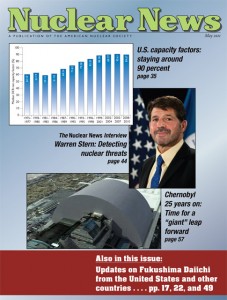Fig. 1. Median capacity factor of all reactors. The median DER net capacity factor of the 92 reactors included in this survey for the three-year period 2022–2024 is 90.96 percent. The 92 reactors in this survey are being compared with 94 reactors in 2019–2021 (when Indian Point-3 and Palisades were also included); 98 in 2016–2018; 99 in 2013–2015. There were 104 reactors in the five three-year periods prior to that. There were 53 reactors in the database in 1980–1982, and in the five subsequent periods there were 60, 77, 97, 102, and 103.
Nuclear generation has inertia. Massive spinning turbines keep electricity flowing during grid disturbances. But nuclear generation also has a kind of inertia that isn’t governed by the laws of motion.
Starting—and then finishing—a power reactor construction project requires significant upfront effort and money, but once built a reactor can run for decades. Capacity factors of U.S. reactors have remained near 90 percent since the turn of the century, but it took more than a decade of improvements to reach that steady state. The payoff for nuclear investments is long-term and reliable.
Once again, the U.S. fleet has achieved a new personal best, even as utilities and operators face formidable challenges.
In the early years of the Nuclear News capacity factors survey, any factor over 70 was deemed excellent; any factor under 50 was considered poor. By that standard, all but two operating U.S. power reactors chalked up excellent performance during 2017–2019. A record 809.4 TWh of electricity was generated in the United States from nuclear energy in 2019, according to the U.S. Energy Information Administration (EIA), besting the record of 807.1 TWh set in 2018.
Nuclear News staff developed the capacity factors survey in the early 1980s as a way to identify the most productive reactors in an expanding fleet. Fleet improvement was the industry’s self-identified goal, but no one could anticipate the startlingly rapid pace of improvement, spurred by the Institute of Nuclear Power Operations (INPO), which boosted fleetwide performance to highs that continue today.







 The
The 